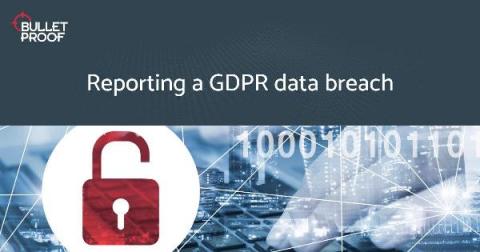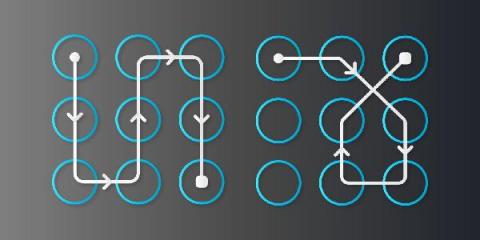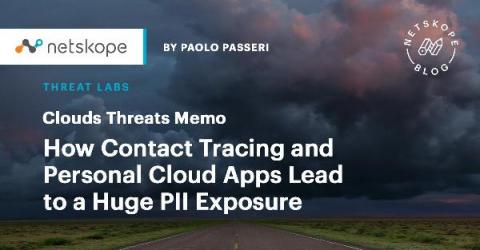How to protect your Wi-Fi devices from new FragAttacks vulnerabilities
Fragmentation and aggregation attacks (FragAttacks) are WLAN vulnerabilities discovered by Mathy Vanhoef, who created this webpage to provide more information about them. Three of these vulnerabilities are 802.11 specification design flaws, and they are probably as old as the 802.11 specification itself. Aggregation was added in 802.11n, which means this vulnerability has been in the design for over 10 years. Nine of these vulnerabilities are implementation flaws.











